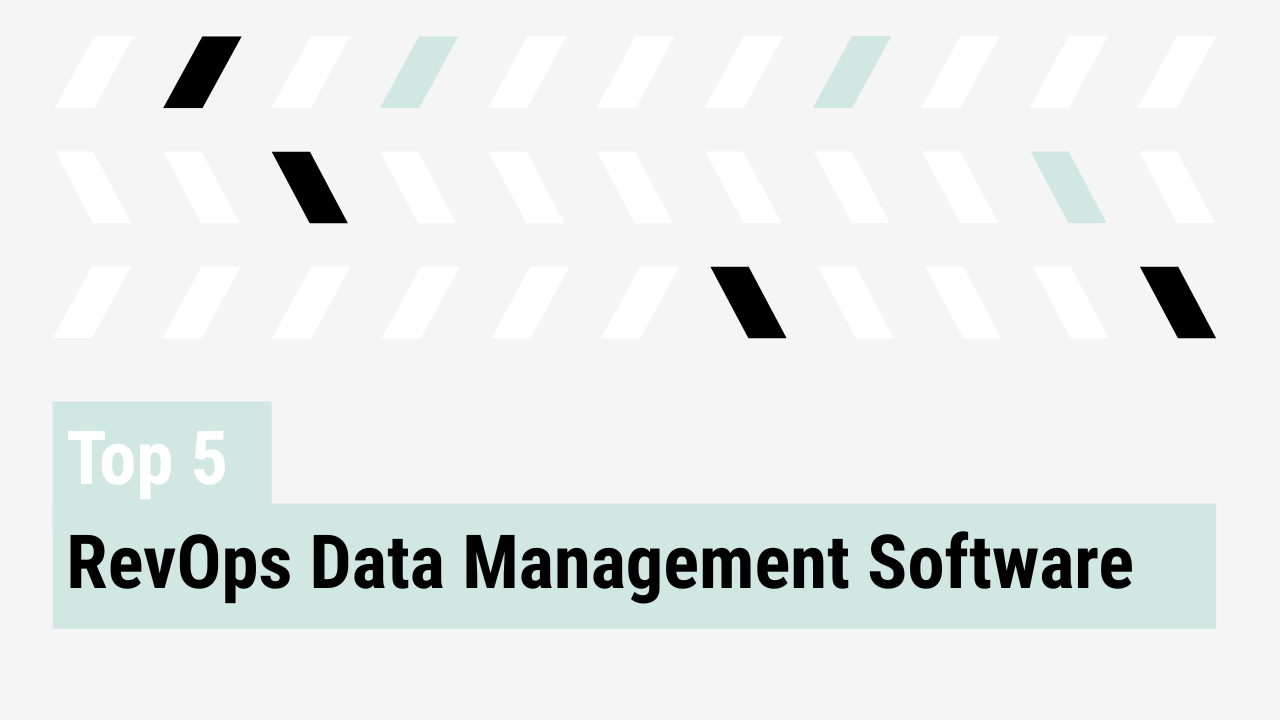Service Level Agreements are as applicable inside organizations as they are with customers and vendors. In a go-to-market engine, SLAs are the contracts that keep Sales, Marketing, and Customer Success aligned and accountable. For many leaders, the big question is how to enforce SLAs between sales and marketing in a way that actually works, and then extend that model to include Customer Success. RevOps steps in as the connective tissue that designs, mediates, and enforces agreements that drive predictable growth.
Why SLAs matter across the revenue engine
Sales and Marketing have long pointed fingers at each other when pipeline falls short. Marketing claims they delivered the leads, Sales says the leads were bad, and Customer Success often inherits accounts with unclear expectations. Without SLAs, this cycle repeats.
Internal SLAs create shared accountability. Marketing commits to lead quality and volume. Sales commits to timely follow-up and feedback. CS commits to onboarding, expansion, and renewal expectations. Together, these agreements reduce friction, clarify ownership, and improve the customer journey from first touch through renewal.
Best practices for SLA design and enforcement
Effective SLAs are less about paperwork and more about building trust. The goal is to create commitments that are realistic, measurable, and directly tied to revenue outcomes. A strong SLA specifies how many leads Marketing delivers, what quality standards apply, and when they must be handed over. Sales is then accountable for timely follow-up and feedback. RevOps is uniquely positioned to design these agreements because it sits across functions, understands the data, and can mediate competing priorities.
- Start with shared revenue goals – Anchor SLAs in company-level outcomes like pipeline coverage, win rates, or renewal rates.
- Define terms clearly – Agree on what counts as an MQL, SQL, or handoff-ready customer. Ambiguity fuels conflict.
- Set concrete commitments – Examples: Sales follows up with all qualified leads within 24 hours. CS initiates onboarding within five business days of close.
- Build feedback loops – Use dashboards and regular reviews to track performance and course-correct.
- Establish escalation paths – If commitments are missed, there should be a transparent remediation process.
- Position RevOps as mediator – RevOps is neutral, owns reporting, and enforces the agreements.
- Start small, iterate – Launch with achievable SLAs and refine over time rather than over-engineer.
- Review regularly – Quarterly check-ins keep SLAs relevant as markets and processes evolve.
- Tie to incentives – Teams adopt SLAs more readily when success is tied to compensation or recognition.
Common pitfalls to avoid
Even the best-designed SLAs can fail if leaders fall into common traps. The danger is treating SLAs as static documents rather than living agreements. If the data is messy, if goals are unrealistic, or if executives do not support the process, the SLA quickly becomes shelfware. RevOps leaders must anticipate these risks and build safeguards from the start.
- Overly rigid SLAs that encourage gaming the system.
- Poor data integrity that undermines trust in measurements.
- Lack of executive buy-in leading to ignored commitments.
- Neglecting culture and incentives which reduces adoption.
- No revision plan which allows SLAs to go stale.
- Tunnel vision which focuses only on Sales and Marketing while ignoring CS.
Sample SLA framework
Here is a simple template RevOps teams can adapt to their business:
Marketing → Sales
- Deliver 500 MQLs per quarter that meet agreed ICP criteria.
- Provide complete lead context in CRM.
- Sales commits to first-touch follow-up within 24 hours.
- Sales provides lead quality feedback within 7 days.
Sales → Customer Success
- Ensure all closed deals include documented use cases, success criteria, and key contacts.
- CS initiates onboarding within 5 business days of contract signature.
- Sales attends handoff call for all enterprise accounts.
Customer Success → Sales and Marketing
- Share churn risk and expansion signals in CRM within 48 hours of discovery.
- Deliver quarterly account health reports for Sales and Marketing review.
- Participate in closed-loop reviews to inform targeting and messaging.
Governance
- RevOps tracks SLA compliance via dashboards.
- Quarterly SLA review meeting with Sales, Marketing, CS, and RevOps.
- Adjust commitments as needed to reflect evolving strategy.
Final thoughts on SLA design
SLAs across Sales, Marketing, and CS are more than checklists. They are cultural agreements that keep the revenue engine synchronized. RevOps ensures those agreements are fair, enforceable, and tied to business outcomes. Start with small, achievable commitments, measure consistently, and evolve the agreements over time. SLAs turn handoff friction into alignment and trust, giving GTM leaders confidence that every team is pulling in the same direction.



